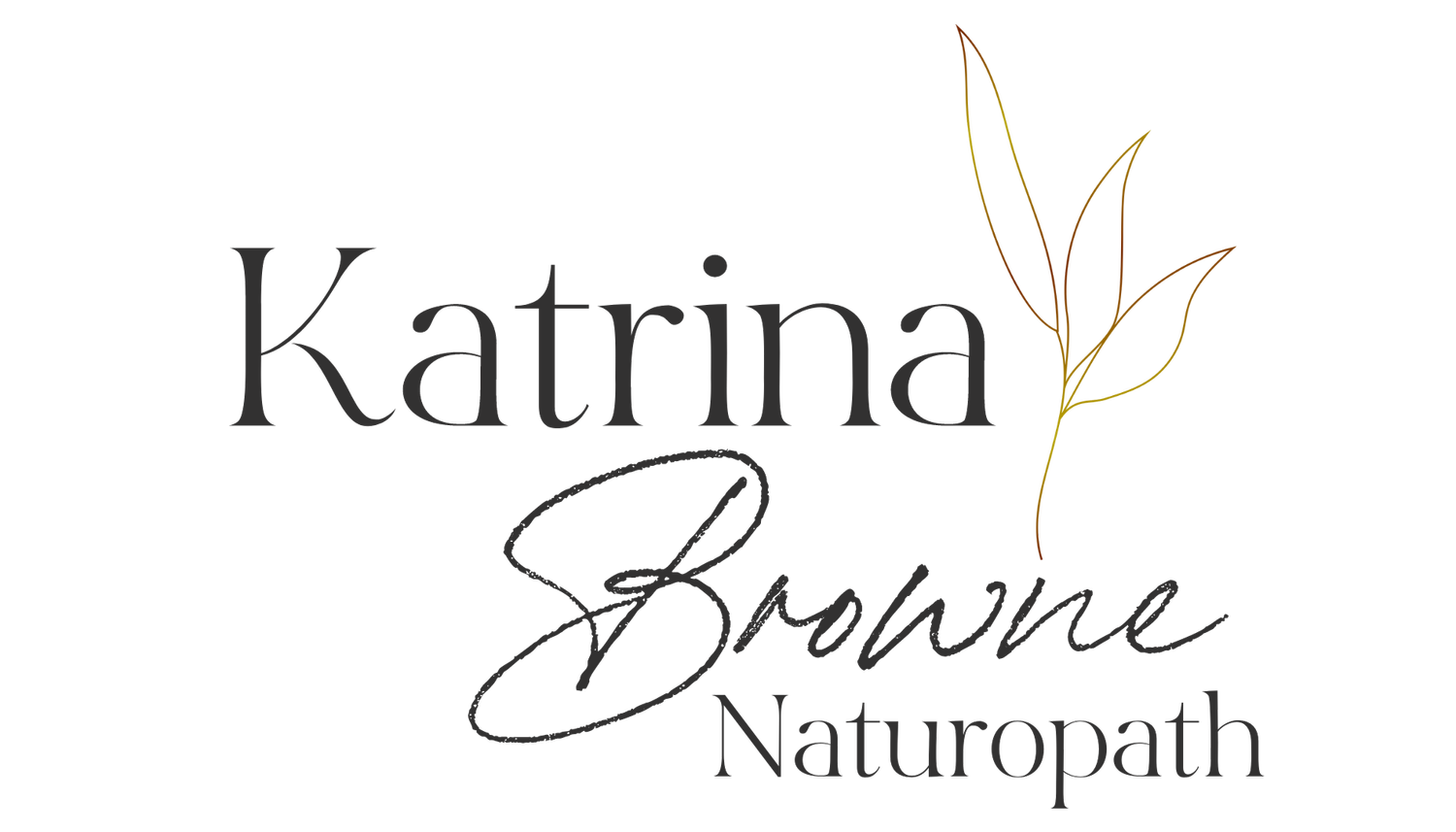Histamine intolerance
A histamine intolerance can cause sinus problems, hay fever, skin rashes, nausea, vomiting, abdominal pain, flushing, anxiety, panic attacks, dizzy spells, heart palpitations, irritability, sleeplessness, fatigue, diarrhea, or headaches plus more!
But first - what is histamine?
Histamine is a naturally occurring chemical found in certain foods and also released by the body to stimulate digestion, dilate blood vessels, affect heart rate, stimulate muscle contractions in the intestines, and activate the immune system’s inflammatory response.
What is histamine intolerance?
Histamine intolerance can affect anyone, young and old. It can occur when the body is unable to break down histamine effectively because of a defect or reduced function of one of two enzymes in the body – diamine oxidase (DAO) or histamine N-methyltransferase (HNMT).
The DAO enzyme is found in the lining of the small intestine and is responsible for breaking down histamine in foods.
The HNMT enzyme is found in the liver and is responsible for breaking down histamine produced by the body.
Reduced function of these enzymes can be due to many factors such as poor gut health, inflammation, nutrient deficiencies, genetic mutations, hormonal imbalances, and long-term use of certain medications such as the oral contraceptive pill, acne medication, and antibiotics. Long-term use of these medications can damage the lining of the small intestine, causing reduced DAO enzyme activity, leading to increased histamine levels in the body.
Moreover, perimenopausal women can commonly experience histamine intolerance symptoms due to high unopposed oestrogen levels. Estrogen levels are highest during ovulation and a few days prior to your period - so if progesterone levels are too low in relation to estrogen, and there are problems with estrogen detoxification, then some females can experience high histamine symptoms during these times.
Following a low histamine diet, correcting digestive problems, improving nutrient intake, balancing hormones, reducing stress, and supporting liver and gut detoxification of oestrogen can help.
Low histamine diet
A low histamine diet is a temporary diet that can help lower histamine levels in the body whilst experiencing histamine intolerance symptoms. Certain foods contain high levels of histamine while others have a histamine liberating effect. When undertaking a low histamine diet, both groups of foods need to be avoided.
Foods to avoid on a low histamine diet
High histamine foods
Additives and preservatives
Alcohol (particularly beer and wine)
Avocado
Coffee and tea
Cured and smoked meats
Seafood
Dried fruits
Eggplant
Fermented foods (aged cheeses, kimchi, kombucha, sauerkraut, yoghurt)
Vinegars and vinegar containing foods e.g., pickles and mustard
Leftovers (histamine increases with the maturation of food)
Histamine liberator foods
These foods encourage the release of histamine by the body even though they do not contain histamine.
Bananas
Chocolate, cacao, carob
Citrus fruits
Shellfish
Most nuts and seeds (except macadamias)
Papaya
Pineapple
Pork
Spinach
Strawberries
Tomatoes and tomato-based products
Foods to increase on a low histamine diet
Quercetin containing foods
Quercetin helps to break down histamine in the body and reduce the symptoms of histamine intolerance. Examples of Quercetin foods are:
Apples
Grapes
Kale
Capers
Onion (especially red onion)
Vitamin B6 foods
Vitamin B6 helps enhance the activity of DAO enzyme found in the lining of the small intestine. Examples of Vitamin B6 foods are:
Chicken
Salmon
Eggs
Mango
Carrots
How long should I do a low histamine diet?
A low histamine diet is a temporary diet for when you are experiencing histamine intolerance symptoms. The goal is to lower the amount of histamine in your body, not to eliminate it, as histamine is important for many body processes including activating the immune system, and the secretion of stomach acid to digest food.
A good analogy is to think of histamine intolerance as a ‘histamine bucket.’ That is, when the bucket is full and overflowing, symptoms start to occur such as skin rashes, headaches, or sinus problems. The goal is to reduce the amount of histamine, so the bucket doesn’t overflow. Once histamine intolerance symptoms are reduced, then it is recommended to introduce histamine foods back into your diet as many high histamine foods are nutrient-dense and needed for good health.
Nutrients and herbs to support histamine intolerance
There are specially formulated nutritional supplements and herbal medicine that can help improve histamine intolerance alongside a low histamine diet. These may include:
Probiotics – certain strains of probiotics can help degrade histamine in the gut. However, don’t take any probiotic, as some probiotic strains can be histamine producing!
Vitamin C – is a natural antihistamine and antioxidant that helps reduce histamine and inflammation in the body. However, keep in mind that citrus foods, which are high in Vitamin C, are histamine liberators so best avoided while experiencing histamine intolerance symptoms.
Quercetin – is a plant antioxidant that acts as a natural antihistamine that blocks the release of histamine from inflammatory mast cells in the body.
Bromelain – is a natural antihistamine found in high concentrations in the stems of pineapple.
Activated B vitamins – to support methylation processes in the body to upregulate liver detoxification and the HNMT enzyme if genetic deficiencies are suspected or tested for.
Stinging nettle - is an antiallergic herb that acts to reduce symptoms of histamine intolerance.
Gut healing herbs and nutrients - to heal a damaged gut lining to help improve quantities of DAO enzyme to break down histamine in the gut.
Please get in touch with the clinic if you think that histamine intolerance may be bothering you.




